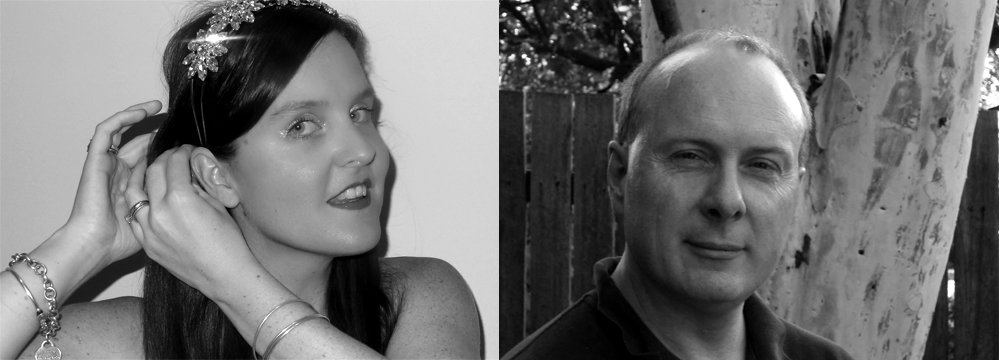
Poetry for Cordite 56.1: EKPHRASTIC is guest-edited by Paul Hetherington and Cassandra Atherton.
NOTE: due to the nature of what we’re seeking, we’re going to be accepting submissions to this special issue for a considerable amount of time; submissions close 1 NOVEMBER 2016.
Ekphrastic poetry has a long and rich history. While the meaning of ekphrasis has changed over time, ekphrastic poetry – however it is defined – has played an important part in many poetic traditions. Ekphrasis now generally refers to poems that evoke and / or respond to a work of visual art. Indeed, John Hollander (echoing Simonides) has said that ‘Works of art are silent; poetry speaks its mind’ – and ekphrastic poetry speaks of works of visual art with new inflections and, often, unexpected emphases. There are myriad well-known examples of ekphrastic poetry, including Rainer Maria Rilke’s ‘Archaic Torso of Apollo’, Anne Sexton’s ‘The Starry Night’, Marianne Moore’s ‘No Swan so Fine’, John Ashbery’s ‘Self-Portrait in a Convex Mirror’ and W H Auden’s ‘Musée des Beaux Arts, re-imagined by William Carlos Williams as ‘Landscape with the Fall of Icarus’.
Notional ekphrasis is a term that usually refers to poems that evoke a work, or works, of art imagined by the poet rather than referencing an actual artwork. Such poems are doubly creative. They imagine and ‘create’ in words, one or more works of visual art and also, and simultaneously, imagine and create a poem. Perhaps the most famous English-language examples of such poetic works are Keats’ ‘Ode on a Grecian Urn’ and Browning’s ‘My Last Duchess’, and there are many others besides.
For this issue of we are looking for:
poems that are conventionally ekphrastic (such works should be identified on the manuscript as ‘an ekphrastic poem’ and we would like the work(s) of art referred to in the poem clearly identified – including title(s), artist(s), dimensions in centimetres and, where appropriate, the institution in which the work is held);
and
poems of a notional ekphrasis (such works should be identified on the manuscript as ‘a poem of notional ekphrasis’).
Artworks directly referenced in ekphrastic poems may include paintings, photographs, sculptures, multimedia works, etc. If contributors would like to suggest that specific works referenced by a poem are reproduced as illustrations for the issue, they may do so providing they include a digital copy of the relevant work(s) and written evidence that they have all relevant permissions to permit the reproduction of the work in Cordite Poetry Review. Cordite Publishing Inc. cannot accommodate reproduction fee of any artworks and the decision about whether to reproduce a work will be solely at the discretion of the editors. No poems should be submitted that depend for their success on the reproduction of the artwork(s) they refer to, instead ekphrastic strategies should be employed to explore this connection between art and poetry.
Please note that we are also interested in receiving prose poems. More generally, we are looking for poems that persuade us that we are ‘seeing’ an interesting work of art through the medium of language while also reading a lively and inventive work of literature (however, we don’t need to ‘see’ it all; please do not send purely descriptive poems).
Please submit only once, with a maximum of three (3) poems in one (1) document … but first, please read the submission guidelines.









